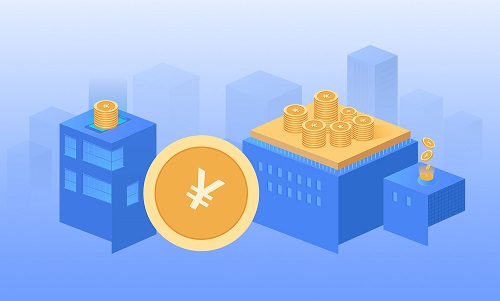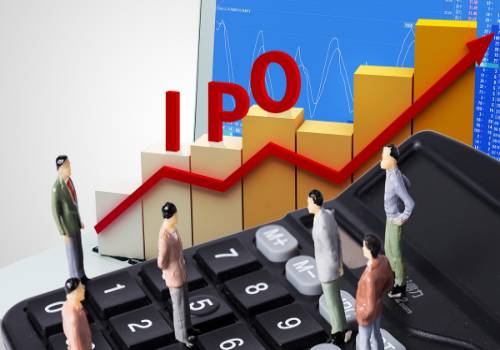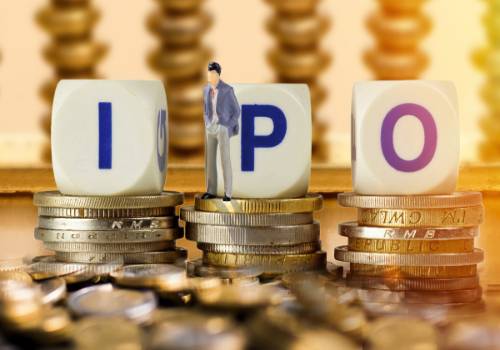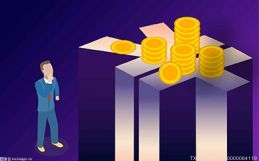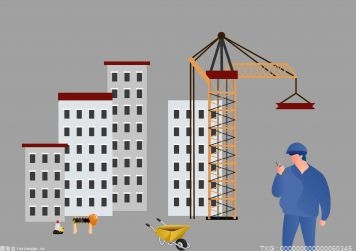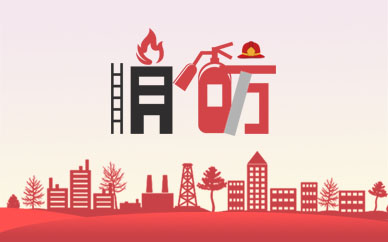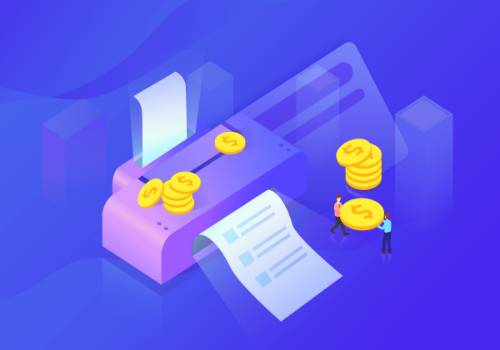1、正文部分
 (资料图片)
(资料图片)
第七章:
Confidence in the ability of a bond issue to weather depression may be based on either of two different reasons. The investor may believe that the particular business will be immune from a drastic shrinkage in earning power, or else that the margin of safety is so large that it can undergo such a shrinkage without resultant danger.
As the degree of instability increases, it must be offset by a greater margin of safety to make sure that interest charges will be met; in other words, a smaller portion of total capital may be represented by bonds. If there is such a lack of inherent stability as to make survival of the enterprise doubtful under continued unfavorable conditions (a question arising frequently in the case of industrial companies of secondary size), then the bond issue cannot meet the requirements of fixed-value investment, even though the margin of safety—measured by past performance— may be exceedingly large.
Here the fault appears to be that the stability of the transportation industry was overrated, so that investors were satisfied with a margin of protection which proved insufficient.
Viewing past experience as a lesson for the future, we can see that selecting railroad bonds on a depression basis would mean requiring a larger margin of safety in normal times than was heretofore considered necessary.
From these cases we must conclude that even a high margin of safety in good times may prove ineffective against a succession of operating losses caused by prolonged adversity.
第十五章:
OUR DISCUSSION of the theory of preferred stocks led to the practical conclusion that an investment preferred issue must meet all the requirements of a good bond, with an extra margin of safety to offset its contractual disadvantages.
第二十七章:
Naturally he had to content himself with a smaller margin of safety than he would demand of a bond, a disadvantage that was offset by a larger income return (6% was standard on a good common stock compared with 41/2% on a high-grade bond), by the chance of an increased dividend if the business continued to prosper, and—generally of least importance in his eyes—by the possibility of a profit.
第三十九章:
第七部分标题、第五十和五十一章标题中的价格与价值差异(discrepancies)
2、塞斯·卡拉曼所写前言(永远的格-多投资智慧)部分
Value investing, today as in the era of Graham and Dodd, is the practice of purchasing securities or assets for less than they are worth—the proverbial dollar for 50 cents. Investing in bargain-priced securities provides a “margin of safety”—room for error, imprecision, bad luck, or the vicissitudes of the economy and stock market.
Investors could achieve a margin of safety by buying shares in businesses at a large discount to their underlying value, and they needed a margin of safety because of all the things that could—and often did—go wrong.
But the book provides the analytical tools to evaluate almost any company, to assess the value of its marketable securities, and to determine the existence of a margin of safety. Questions of solvency, liquidity, predictability, business strategy, and risk cut across businesses, nations, and time.
Graham and Dodd’s principles—such as the stability of cash flow, sufficiency of return, and analysis of downside risk—allow us to identify real estate investments with a margin of safety in any market environment.
3、詹姆斯·格兰特所写的导言(格雷厄姆和证券分析的历史背景)
Since at least the early 1920s, Graham had preached the sermon of the “margin of safety.” As the future is a closed book, he urged in his writings, an investor, as a matter of self-defense against the unknown, should contrive to pay less than “intrinsic” value. Intrinsic value, as defined in Security Analysis, is “that value which is justified by the facts, e.g., the assets, earnings, dividends, definite prospects, as distinct, let us say, from market quotations established by artificial manipulation or distorted by psychological excesses.”
4、罗格·劳温斯坦的第一部分导言
Precision is in any case unnecessary because the aim is to pay a good deal less than intrinsic value, so as to provide a margin of safety. Just as it would be tempting fate to cross a bridge while carrying the maximum allowable tonnage, buying a stock at full value would involve “a speculative component” (since one’s calculation of value could be off ).
The question, as always, is, does the business provide an adequate margin of safety at a given market price. For much of Amazon’s short life, the stock was wildly overpriced. But when the dot-com bubble burst, its securities collapsed. Buffett himself bought Amazon’s deeply discounted bonds after the crash, when there was much fearful talk that Amazon was headed for bankruptcy. The bonds subsequently rose to par, and Buffett made a killing.
It was enough to show, very simply from the earnings record, that the margin of value above the bondholders’ and preferred stockholders’ claims was too small to assure safety. Exactly the opposite was true for the Owens-Illinois Glass 5s. In this instance, also, it would undoubtedly have been difficult to arrive at a fair valuation of the business; but it was quite easy to decide that this value in any event was far in excess of the company’s debt.
5、霍华德·马克斯第二部分导言
[In reviewing bond collapses among railroads between 1931 and 1933,] the fault appears to be that the stability of the transportation industry Howard S. Marks [129] was overrated, so that investors were satisfied with a margin of protection which proved insufficient.
Studying the 1931–1933 record, we note that price collapses [among industrial bonds] were not due primarily to unsound financial structures, as in the case of utility bonds, nor to a miscalculation by investors as to the margin of safety needed, as in the case of railroad bonds.
6、J. Ezra Merkin第三部分导言
Graham and Dodd’s margin of safety sends investors to scrutinize the balance sheet and projected earnings. They perform the analytical function that the authors endorse, apply the same skills, study the same documents. For them, the balance sheet is the main thing, far more than earnings, if for no other reason than necessity, as most bankrupt companies no longer have earnings. Graham and Dodd devote Part VI of the 1940 edition, nearly 70 pages, to balance sheet analysis. In the context of equity investing, the authors prize stocks that sell below their current asset, or liquidating, value.
7、布鲁斯·格林威尔德第六部分导言
The purchase of securities should then be made only at prices far enough below the intrinsic value to provide a margin of safety that would offer appropriate protection against this “indistinctness” in the calculated intrinsic value. In essence, what Graham and Dodd required was that an investor, as opposed to a speculator, should know as far as possible the value of any security purchased and also the degree of uncertainty attached to that value. An investment would be made only at a price that provided a sufficient margin of safety to compensate for the uncertainty involved. As a prescription for obtaining “protection of principal and a satisfactory return,” this approach has obvious advantages over almost any conceivable alternative.
The third case is one in which the earnings power and asset value of a firm are approximately equal. This is the circumstance that should hold with reasonable management and no special protections from competition. If qualitative judgments support such conclusions, then the asset value provides a critical check on the validity of earnings projections. A thorough asset valuation then helps to provide a complete picture of what an investor is getting for a security and helps that investor settle with confidence on an appropriate margin of safety.
——————————————————————
上面的内容,基本涵盖了安全边际应该具备的含义、评估价值的方法和应该注意的事项,安全边际的追求与可能成功和失败等内容。
安全边际是价值投资的核心理念,当买入价格低于价值的时候,就具备了安全边际。由于价格是市场给的,所以追求安全边际的关键就在对价值的评估,这涉及到了对企业的认知,足够的会计知识和投资知识,当然,也需要一点点的运气,因为价值来自企业的经营成果,而经营也是随着时间变化而变化的。
巴菲特曾经说过,教授投资只需要开两门课,一门是如何评估价值,另一门就是如何看待市场。前面讲价值——你得到的,后面是价格——你付出的。做投资也好,经营生意也好,永远离不开的就是价值和价格两个要素及其间的差额,行情不好时,这个差额就是安全垫,行情好时,就是利润,仅此而已。
其它书籍中也有很多对安全边际的论述,如卡拉曼的书名就叫安全边际。多尔西的书中也经常提到安全边际的概念。巴菲特1984年写的《格多村的超级投资者们》一文中到处都体现着价格与价值差异这一思想。《聪明的投资者》一书的第二十章也是写安全边际的。
本来想着将智者们对安全边际的论述都列出来,但是太长了,临时改成《证券分析》中涉及到安全边际的相关讨论。
作为普通人,我们很难创造出新的理论或理念用于投资,认清自己的真实面目,当对什么概念不清楚的时候,多查阅一些资料,看看智者们是怎么说的,这才是正途。做投资需要基本知识和基本逻辑,也需要多查阅资料,多学习知识。前者可以让你不蠢,后者需要不懒。如此而已。



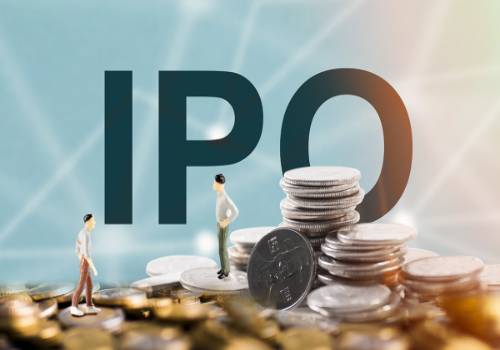






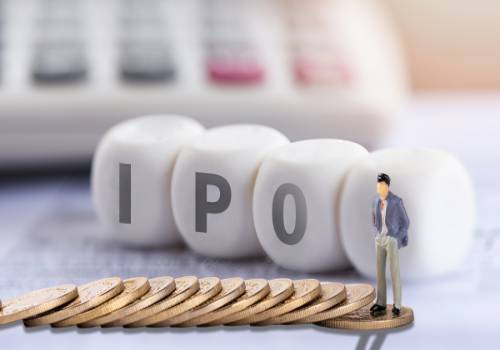









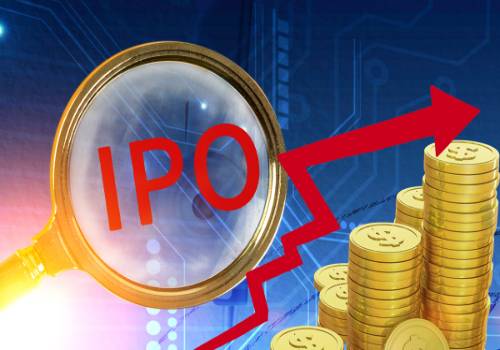






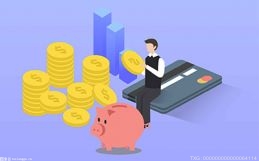







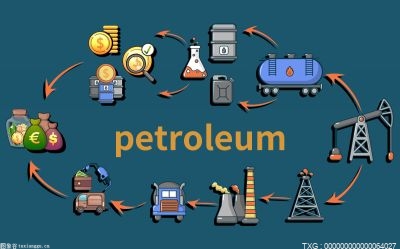








![我不喜欢你了[重生]_重生之再开始](http://imgs.hnmdtv.com/2022/0610/20220610024400214.jpg)


















